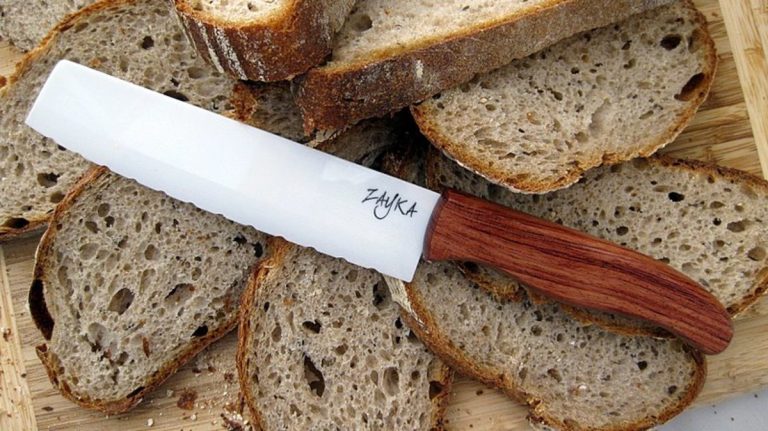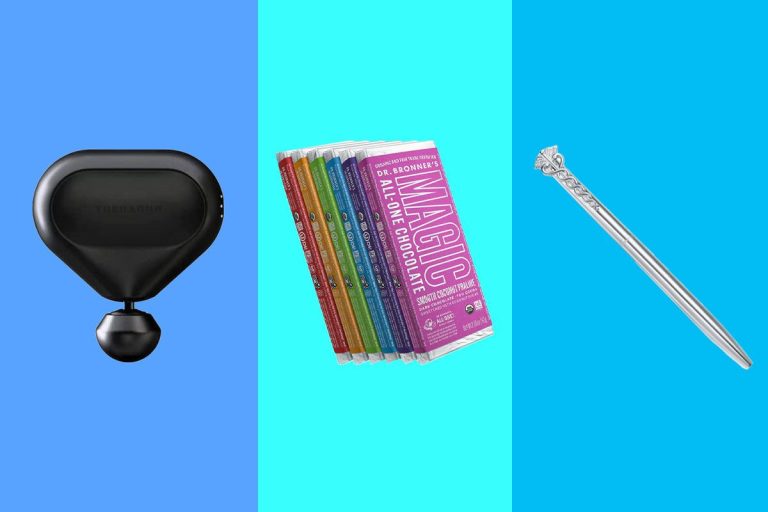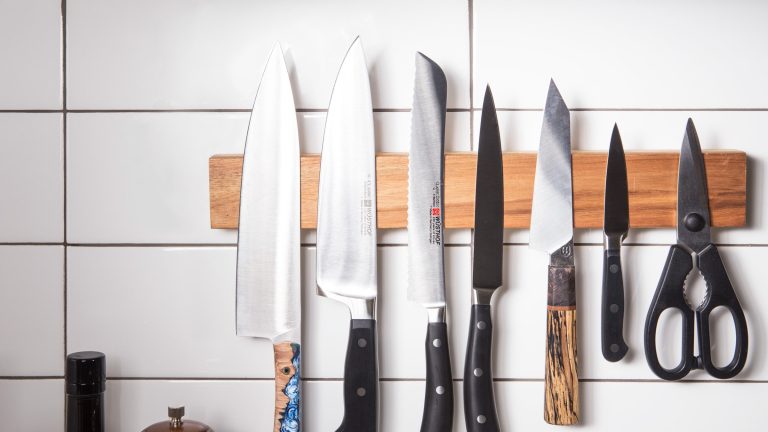The Perfect Companion: Hunting Knife And Sheath Selection
The perfect companion for hunting is a carefully selected knife and sheath combo that meets your needs. In this guide, we will explore the essential factors to consider when choosing a hunting knife and sheath, ensuring you make the right choice for your hunting adventures.
We will discuss the importance of blade materials, blade designs, handle materials, sheath types, and additional features to look for in a hunting knife and sheath. By understanding these key elements, you can select a reliable and durable hunting knife and sheath combination that will serve you well in the field.
So, let’s dive in and explore the world of hunting knives and sheaths.
Understanding The Importance Of The Right Hunting Knife And Sheath
Choosing the right tools for successful hunts is crucial. The essential role of a hunting knife and sheath cannot be underestimated. A good-quality hunting knife is a versatile tool that can be used for tasks like field dressing, skinning, and quartering game. It should have a sharp blade that maintains its edge and a rugged handle for a secure grip.
A proper sheath is essential for safely carrying and protecting your hunting knife. It should have a durable construction and a secure retention system to prevent accidental injuries. A sheath with a belt loop or attachment points allows for convenient and easy access while keeping your hands free.
When choosing a hunting knife and sheath, consider factors like the blade material, blade shape, handle material, sheath design, and size. These factors depend on personal preference and the type of hunting you engage in. Research and read reviews to ensure you select the ideal hunting knife and sheath combination that will meet your specific needs and enhance your hunting experience.
Factors To Consider When Selecting A Hunting Knife
When selecting a hunting knife, there are several factors to consider in order to find the perfect companion for your outdoor adventures. First and foremost, the blade material and design play a crucial role in the knife’s performance. Look for **high-quality** materials such as stainless steel or **carbon steel** for durability and sharpness. Additionally, consider the **blade length** and thickness, as they determine the knife’s versatility and cutting power, respectively.
The handle material and design are equally important aspects to consider. Opt for **ergonomic** handles crafted from materials like **wood, rubber, or synthetic composites** for a comfortable and secure grip during extended use. The tang type and construction, whether full or partial, impact the knife’s overall strength and durability.
Lastly, don’t forget to evaluate the **weight** and **balance** of the knife. A well-balanced knife with an optimal weight distribution will ensure **ease of handling and maneuverability** while out in the field. Keep these factors in mind when choosing your hunting knife and sheath combination, to find the perfect match for your needs.
Evaluating Different Types Of Knife Handles And Their Benefits
table { width:100%; } table, th, td { border: 1px solid black; border-collapse: collapse; } th, td { padding: 10px; text-align: left; }Evaluating Different Types of Knife Handles and their Benefits
| Handle Type | Benefits |
|---|---|
| Wood handles | Traditional and aesthetically pleasing |
| Synthetic handles | Durable and low maintenance |
| Rubberized handles | Enhanced grip and comfort |
Wood handles: Wood handles provide a traditional and aesthetically pleasing look to hunting knives. Many enthusiasts appreciate the natural beauty and craftsmanship that wood handles offer. They can be carved and shaped into unique designs, providing a personalized touch to the knife. However, wood handles may require more maintenance to prevent warping or cracking over time.
Synthetic handles: Synthetic handles are known for their durability and low maintenance. They can withstand harsh conditions, such as exposure to water, heat, and chemicals, without getting damaged. Additionally, synthetic handles are often more affordable compared to other materials. They are available in various colors and textures, providing options for customization.
Rubberized handles: Rubberized handles offer enhanced grip and comfort during use. The rubber material provides a secure hold and reduces the chances of slipping, even in wet or slippery conditions. The soft and cushioned texture of these handles ensures reduced hand fatigue, making them perfect for long hunting expeditions. Rubberized handles are also easy to clean and maintain.

Credit: malikaknives.store
Exploring Various Knife Blade Designs And Their Uses
Exploring Various Knife Blade Designs and their Uses
A hunting knife is an essential tool for any outdoor enthusiast. Each knife blade design offers unique advantages that cater to different tasks. The drop point blade is a versatile option, suitable for various tasks. Its sloping spine and sharp point allow for efficient slicing and cutting. When precision and control are needed for delicate cuts, the clip point blade is the go-to choice. Its concave shape provides exceptional control and maneuverability. For maximum strength and piercing capability, the tanto blade is the perfect selection. Its durable straight-edge design is ideal for tough materials. Lastly, the gut hook blade excels in efficiency for field dressing game. Its hooked shape allows for seamless and clean skinning operations.
| Blade Design | Uses |
|---|---|
| Drop point blade | Versatile and suitable for various tasks |
| Clip point blade | Precision and control for delicate cuts |
| Tanto blade | Strength and piercing capability |
| Gut hook blade | Efficiency for field dressing game |
Choosing the right blade design for your hunting knife is crucial, as it directly impacts the knife’s performance. Consider the tasks you frequently encounter during your outdoor adventures, and select the blade design accordingly.
Remember, whether you need versatility, precision, strength, or efficiency, the perfect companion for any hunting expedition lies in the selection of the right hunting knife and sheath.
Understanding The Different Tang Types For Hunting Knives
Understanding the different tang types is crucial when selecting a hunting knife and sheath. The tang is the part of the knife blade that extends into the handle, providing stability and strength.
**Full tang** knives have a blade that extends the full length of the handle, resulting in increased strength and durability. These knives are ideal for heavy-duty tasks and offer a reliable grip.
**Rat tail tang** knives have a narrow tang that tapers towards the handle, making them lightweight and easy to handle. These knives are suitable for light to medium tasks.
**Half tang** knives strike a balance between strength and weight. They have a tang that extends about halfway into the handle, providing adequate strength for most hunting activities while keeping the knife relatively lightweight.
When choosing a hunting knife, consider the intended use and your personal preferences. Full tang knives offer the most robust construction, rat tail tang knives are lightweight, while half tang knives strike a balance between the two. Selecting the right tang type ensures you have a trusted companion in the field.
Importance Of Sheath Selection For Hunting Knives
The selection of a proper sheath for your hunting knife is of utmost importance as it ensures the safety of both the blade and the handler. A good sheath not only protects the blade from getting damaged but also safeguards you from any potential accidents. Various materials are available for sheath construction, each with its own advantages. For instance, leather sheaths are known for their durability and aesthetic appeal, while Kydex sheaths offer excellent protection against the elements. Additionally, different sheath styles and carry options provide convenience and accessibility. Whether you prefer a horizontal belt carry or a vertical neck carry, choosing the right sheath style will ensure your knife is always within reach when you need it the most.
Exploring Additional Features And Considerations For Hunting Knives
When choosing a hunting knife and sheath, it’s important to consider additional features and factors that can enhance your hunting experience. One key consideration is the blade coating and finishes available. Some coatings, such as titanium nitride or ceramic, provide added durability and protection against corrosion.
The blade serrations and spine options also play a significant role in the knife’s versatility. Serrated blades are excellent for cutting through tough materials, while a plain edge offers more control for precise tasks. Additionally, knives with a notched or jimped spine can be used for various purposes, including starting fires using a ferro rod.
When it comes to design, there is a choice between folding knives and fixed-blade knives. Folding knives offer portability and are convenient for everyday tasks, while fixed-blade knives provide more strength and stability for heavier-duty use.
Finally, it’s essential to be aware of legal considerations regarding the size and features of your hunting knife. Some regions have restrictions on blade length or specific features such as automatic opening mechanisms. Make sure to check your local regulations before making a purchase.
Tips For Proper Care And Maintenance Of Hunting Knives And Sheaths
Proper care and maintenance of hunting knives and sheaths is essential for their longevity and performance. Cleaning and drying techniques should be practiced after every use to prevent dirt and moisture buildup. Use warm water, mild soap, and a soft cloth or brush to gently clean the blade. Lubrication and rust prevention is crucial to protect your knife from corrosion. Apply a thin coat of oil or silicone lubricant to the blade and store it in a dry place. Sharpening and honing methods should be employed regularly to maintain the knife’s sharpness. Use a sharpening stone or honing rod to remove dullness and keep the edge keen. Storage practices for longevity involve keeping your knife in a sheath or blade guard when not in use. Store it in a cool, dry place away from extreme temperatures and humidity. By following these tips, you can ensure that your hunting knife and sheath remain in optimal condition for your outdoor adventures.
Conclusion
Finding the perfect hunting knife and sheath is essential for every outdoorsman. It is not just a tool, but a trusty companion that can make or break your hunting experience. Whether you are a seasoned hunter or just starting out, selecting the right knife and sheath can greatly impact your success in the field.
Remember to consider the type of hunting you will be doing, the blade material, handle design, and sheath functionality. Take your time to research and compare different options before making a decision. A well-made hunting knife with a durable sheath will withstand the test of time and provide you with a reliable tool for years to come.
So, invest wisely and choose your hunting knife and sheath combination with confidence. Happy hunting!






